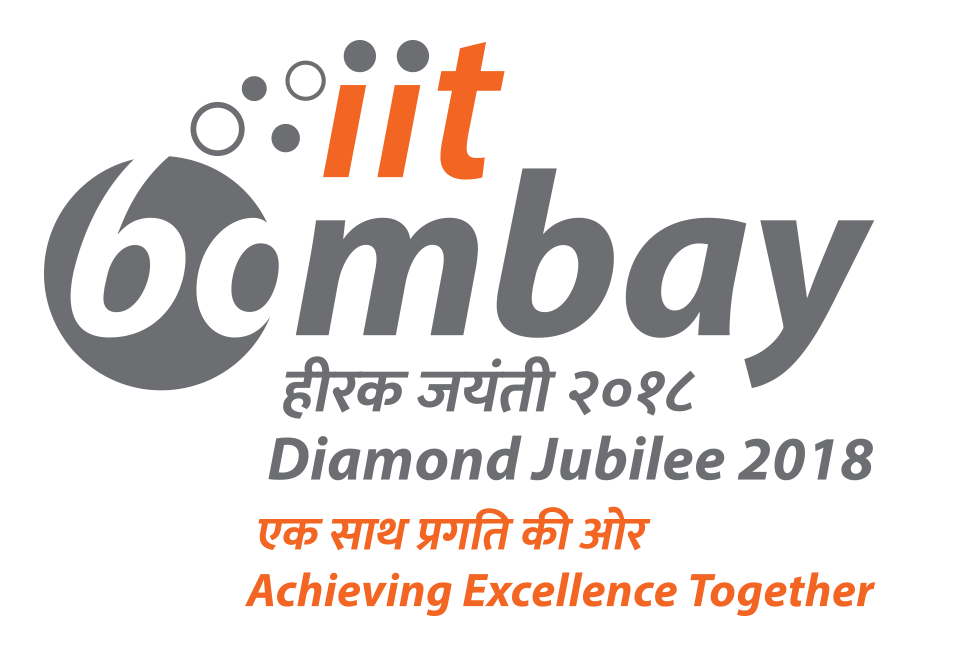Title: Self-organization and shape change in biological active solids
Speaker: Prof. Kinjal Dasbiswas, UC Merced
Abstract: Living matter comprises collections of entities that consume chemical energy and autonomously generate mechanical forces and motion to facilitate essential life processes such as wound healing and tissue development. Such systems require new physical theory for out-of-equilibrium matter. Motivated by the molecular motor-driven active deformations of elastic structures in biology, such as the cytoskeleton and tissue extracellular matrix, we will show how mechanical forces can drive self-organized pattern formation and macroscopic shape change in active solids. We will consider two related biological systems: cells embedded in extracellular fibrous matrices and synthetic linear elastic substrates. Elastic fiber networks occur ubiquitously in living matter ranging from the cytoskeleton to the extracellular matrix. Due to their disordered structure and the propensity of slender fibers to bend and buckle, these biomaterials exhibit unique mechanical properties such as elastic nonlinearities, rigidity transitions, non-affine deformation modes, and long-range but heterogeneous force transmission. These properties emerge from the collective response of individual fibers to external stress as well as to intrinsic active stresses created by molecular motors. In this presentation, we consider how such actively generated forces are transmitted through the network and how this depends on fiber stiffness and connectivity. Further, we predict an atypical fiber buckling-induced softening regime under intermediate external shear, before the well-characterized stiffening regime. Both these predictions are supported by experiments on crosslinker-inhibited fibrin in platelet-contracted blood clots and has indirect support in in vitro actomyosin networks. Next, we consider how multiple cells can self-organize into ordered structures through their mechanical interactions mediated by mutual deformations of an extracellular elastic medium. Again, our predictions are quantitatively supported by cell culture experiments on hydrogel substrates with tunable stiffness. Altogether, we show the mechanical properties of biological tissue are relevant for their structural organization and function, and how studying such systems inspires new types of active matter physics.

